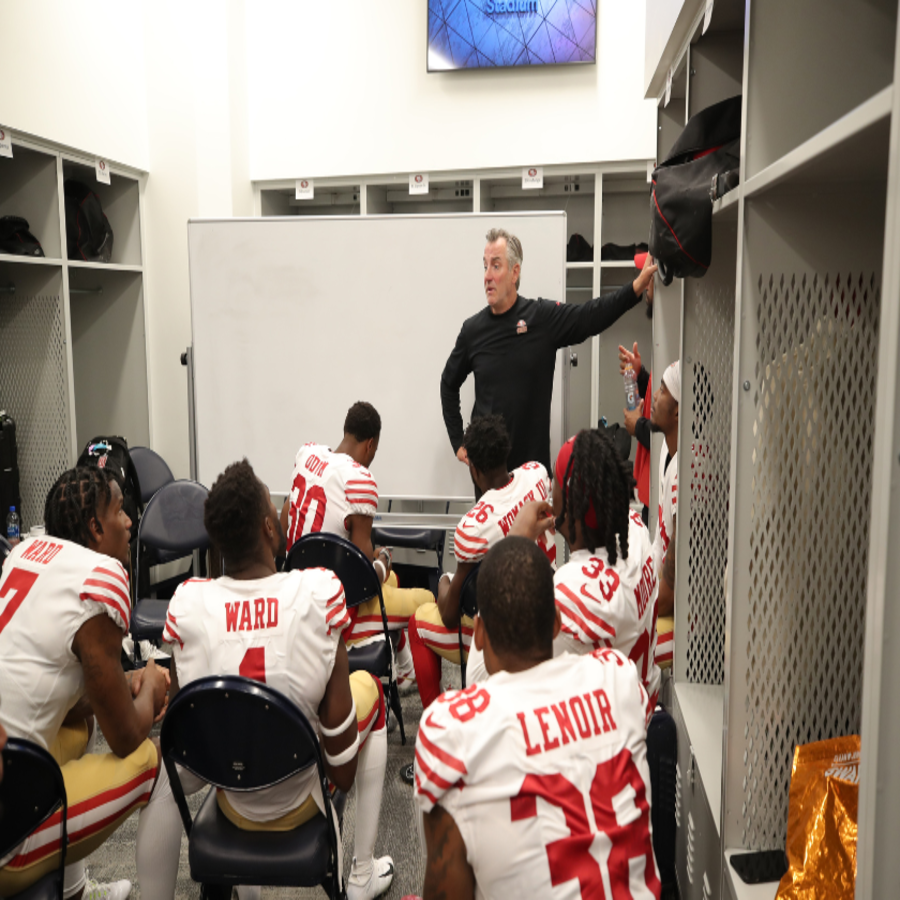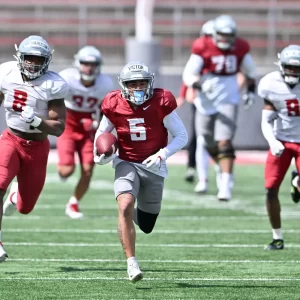I. Introduction

A. Overview of Retirement in Football
When do football players retire? Retirement in football is an inevitable phase that every player will eventually face. It marks the end of a professional career that often involves years of dedication, hard work, and sacrifice. In the competitive world of football, retirement is a significant and often emotional milestone that impacts athletes, clubs, and fans alike. Understanding the factors and trends surrounding football player retirement is crucial for the well-being of players and the sustainability of the sport.
B. Importance of Understanding Retirement Trends
As football continues to evolve, so do the circumstances and considerations that determine when and how players retire. By analyzing retirement trends, we can gain insights into the physical, mental, and financial challenges that players encounter as they transition out of the game. This understanding can inform the development of programs and policies aimed at supporting players during and after their careers, ultimately contributing to the overall health and longevity of the sport.
II. Factors Influencing Retirement
A. Age
Age is a fundamental factor that influences retirement decisions in football. As players grow older, they face physical and performance challenges that may impact their ability to compete at the highest level. The ideal retirement age for footballers has shifted over the years, with many players now extending their careers into their late 30s and even early 40s. This trend is influenced by advancements in sports science, nutrition, and training methods, allowing players to maintain their physical condition and performance capabilities for a longer period.
B. Injury and Health
Injury and health considerations often play a significant role in determining when football players retire. The physical demands of the game can take a toll on the body, leading to injuries that may have long-term implications for a player’s career. Chronic conditions, such as joint pain or recurring muscular injuries, can affect a player’s ability to perform at their best and may prompt earlier retirement. Furthermore, concerns about long-term health and well-being, including the risk of concussions and brain-related injuries, have become increasingly relevant in retirement decisions.
C. Performance and Productivity
The performance and productivity of football players directly influence their decision to retire. As athletes age, they may experience declines in speed, agility, and overall physical conditioning, impacting their effectiveness on the field. Factors such as playing time, goal or assist statistics, and overall contribution to the team are critical indicators of a player’s productivity. For professional footballers, maintaining a high level of performance is essential, and declining productivity may lead to considerations of retirement.
III. Financial Considerations

A. Earnings and Savings
Football players often earn substantial incomes during their careers, and how they manage and save these earnings can greatly impact their retirement. Financial experts emphasize the importance of prudent money management to support players through retirement and beyond. However, high-profile cases of players facing financial difficulties after retirement highlight the need for financial literacy and responsible financial planning.
B. Pension Plans and Post-Retirement Income
Many football leagues and player associations offer pension plans or post-retirement benefits to provide a financial safety net for retired players. Understanding the specifics of these plans, including eligibility criteria and payout structures, is crucial for players as they plan for their post-football lives. Additionally, exploring options for additional post-retirement income sources, such as annuities or investment vehicles, can provide players with greater financial security.
C. Endorsements and Investment Opportunities
Endorsement deals and investment opportunities can significantly contribute to a player’s financial well-being during and after their football career. Successfully leveraging their public image and brand, retired players can continue to earn income through endorsements, sponsorships, and commercial partnerships. Likewise, prudent investments in businesses, real estate, or other ventures can create long-term financial stability for retired footballers.
IV. Transitioning to Post-Retirement
A. Coaching and Management Positions
Transitioning into coaching or management positions within the football industry is a common path for retired players. Leveraging their experience, knowledge, and passion for the sport, many former players find fulfilling second careers as coaches, scouts, or sports administrators. Transition programs and mentorship opportunities can help players navigate this post-retirement pathway and develop the necessary skills for leadership roles.
B. Media and Broadcasting Opportunities
The media and broadcasting sector offers diverse opportunities for retired football players. From sports commentary and analysis to hosting, retired players often find rewarding second careers in front of the camera or behind the microphone. Developing communication skills and building a personal brand are critical for players looking to transition into this dynamic industry.
C. Personal and Business Ventures
Beyond the football industry, retired players often pursue personal and business ventures in various fields. Entrepreneurship, philanthropy, academia, and entertainment are just a few examples of alternative career paths that appeal to former players. Nurturing interests outside of football and exploring educational and business opportunities can help players successfully integrate into new professional environments.
V. Retiring Trends in Modern Football
A. Shift in Retirement Age
In recent decades, there has been a noticeable shift in the retirement age of football players. Historically, it was common for players to retire in their early to mid-30s due to the physical demands of the sport. However, advancements in sports science, nutrition, and training methodologies have contributed to an extended playing career for many athletes. Consequently, it has become more common for players to continue competing well into their late 30s and even early 40s. This shift in retirement age has altered perceptions of what constitutes a “veteran” player and has redefined the expectations surrounding the longevity of a football career.
B. The Impact of Sports Science and Training
The impact of sports science and training on retiring trends cannot be overstated. The evolution of training methods, injury prevention strategies, and rehabilitation techniques has played a pivotal role in extending players’ careers. Physical conditioning programs tailored to address specific needs, such as injury recovery and muscle maintenance, have aided in mitigating the effects of aging on a player’s performance. This has not only prolonged the careers of individual players but has also contributed to a higher standard of play across the sport.
C. Retiring From International Competitions
Another notable trend in modern football retirement is the increasing incidence of players retiring from international competitions before retiring from club football. This trend is partly a consequence of the demanding nature of international tournaments and qualifiers, which can be physically and mentally taxing on players, particularly as they age. Additionally, players are increasingly factoring in their personal and family lives when making decisions about international retirement, opting to prioritize rest and recovery over the demands of national team commitments.
This trend also intersects with the desire of some players to prolong their club careers, often in pursuit of specific individual or team achievements. The increased commercial and competitive value of club football, coupled with the potential for prolonged success at the domestic level, has influenced players to prioritize their club commitments over international duties.
Conclusion
Retirement in football is a multifaceted and significant aspect of the sport that requires careful consideration and understanding. By examining the various factors that influence retirement, acknowledging the psychological and emotional impact, and outlining the role of clubs, organizations, and the football community, we can work towards creating a supportive environment for retiring players. It is imperative to prioritize the well-being of footballers not only during their careers but also as they transition into retirement. Ultimately, a holistic approach to retirement in football can contribute to the longevity and prosperity of the sport.



